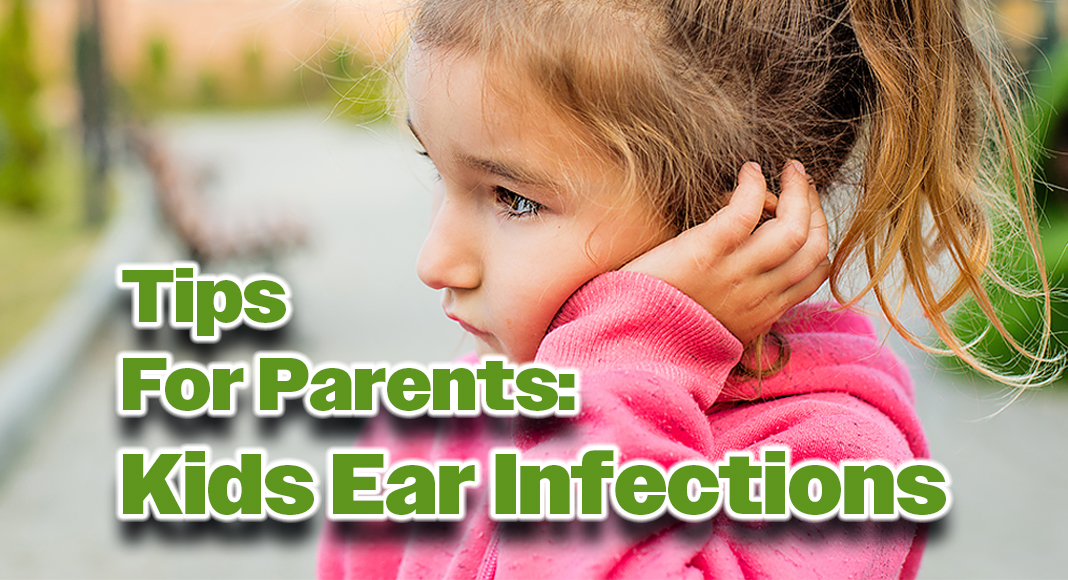
Mega Doctor News
Newswise — An earache can turn a happy, energetic child into a cranky, uncomfortable one in no time. It’s a common struggle ─ five out of six kids will have an ear infection by age 3, according to the National Institutes of Health.
Ear infections and other ear, nose and throat (ENT) problems are among the top reasons children see doctors. During Kids ENT Health Month in February, Dr. Gil Zoizner-Agar, a pediatric otolaryngologist at Penn State Health Otolaryngology – Head and Neck Surgery, shares how to help kids with ENT conditions.
What are ear infections?
Middle ear infections: Viruses or bacteria infect the space behind your child’s eardrum, causing ear pain and fullness, fever or muffled hearing. Middle ear infections usually affect kids under 7, especially after colds, Zoizner-Agar says. Fluid gathers in their middle ears due to underdeveloped eustachian tubes, which connect the middle ear to the back of the nose. Then, harmful bacteria multiply.
External ear infections: The outer ear canal gets infected, causing pain or drainage, Zoizner-Agar says. These infections are common in older kids. They’re often caused by excess water exposure (swimmer’s ear) or scratches from a fingernail or cotton swab.
How can I reduce my child’s risk for ear infections?
Use saline. When your child is congested, gently rinse their nose with saline two to three times per day. “The natural drainage of the middle ear is to the back of the nose, so if the nose is clear, in theory the ear should drain out better and hopefully not get an infection,” Zoizner-Agar explains.
Avoid secondhand smoke. Smoke can irritate the lining of the nose, eustachian tube, and middle ear and make infections more likely.
Sit your child up to feed. Bottle-fed children should sit or be held partially upright while drinking so milk does not enter their eustachian tubes, Zoizner-Agar says.
Do not insert cotton swabs (or anything else) in your child’s ears. Soften excess wax with peroxide-based earwax removal drops or a few drops of mineral oil.
How are ear infections treated?
Initial treatment with Tylenol or ibuprofen is reasonable as long as pain and fever are controlled.
Seek medical attention if your child’s symptoms have worsened within 24 hours or have not improved within 48 hours. physician will check your child’s eardrum for redness, swelling, bulging or pus. If they see an infection, they will prescribe antibiotics to kill the bacteria. If not, antibiotics are not needed and will not help.
“A thorough examination and diagnosis are crucial,” Zoizner-Agar says. “It’s important to determine whether the symptoms are caused by an ear infection or something else before prescribing antibiotics.”
Tell your doctor if your child is not improving within 48 to 72 hours. Sometimes, your child may need a different antibiotic. Nausea, vomiting and diarrhea are common antibiotic side effects. Your doctor might also recommend ibuprofen or acetaminophen for pain relief, especially until the antibiotic “kicks in”, which can take up to 48-72 hours.
External ear infections are different and are often treated with antibiotic, antifungal or steroid ear drops.
What if my child gets multiple ear infections?
For kids with multiple, recurrent middle ear infections, ear tubes can bring relief. A surgeon places these tiny tubes in your child’s eardrum to help fluid drain from the middle ear.
Alert your doctor about other symptoms, too. “It’s important to see if a child also has issues of nasal congestion, a lot of secretions from the nose or snoring because many times an enlarged or infected adenoid is causing those symptoms,” Zoizner-Agar explains. Located at the back of the nasal passage, adenoids may trap bacteria and viruses. Your doctor might recommend surgery to remove them if they are causing persistent problems.
Does my child need to see an ENT specialist?
Otolaryngologists (ENT doctors) specialize in diagnosing and treating infections and diseases of the ear, nose, and throat. They can recommend treatment, ranging from medications to speech therapy to surgery. See an ENT doctor if your child has:
Frequent ear infections: Your child might need ear tubes if they’ve had three or more ear infections in the past three months or four or more in the past year, with at least one in the past six months.
Persistent or severe sinus infections, or sinusitis: Sinus inflammation can cause facial pressure, nasal congestion and postnasal drip.
Chronic sore throat: This can be a sign of tonsillitis or gastroesophageal reflux disease.
Difficulty swallowing: This can signal tonsillitis or other diseases.
Significant snoring: This can be a sign of sleep apnea, or disrupted breathing during sleep, often due to enlarged tonsils or adenoids.
Difficulty breathing through the nose: This symptom can be caused by enlarged adenoids, allergies or a deviated septum ─ a structural abnormality in the nose.
Hearing loss concerns: Recurrent ear infections and other ear problems can affect hearing and impact development.
Changes in voice quality: Hoarseness or raspiness can signal a voice disorder.
Recurrent croup: This viral infection can cause a barking cough. Two or more episodes per year can indicate airway abnormalities.
Speech difficulties: Structural issues in the mouth or throat can affect speech.











